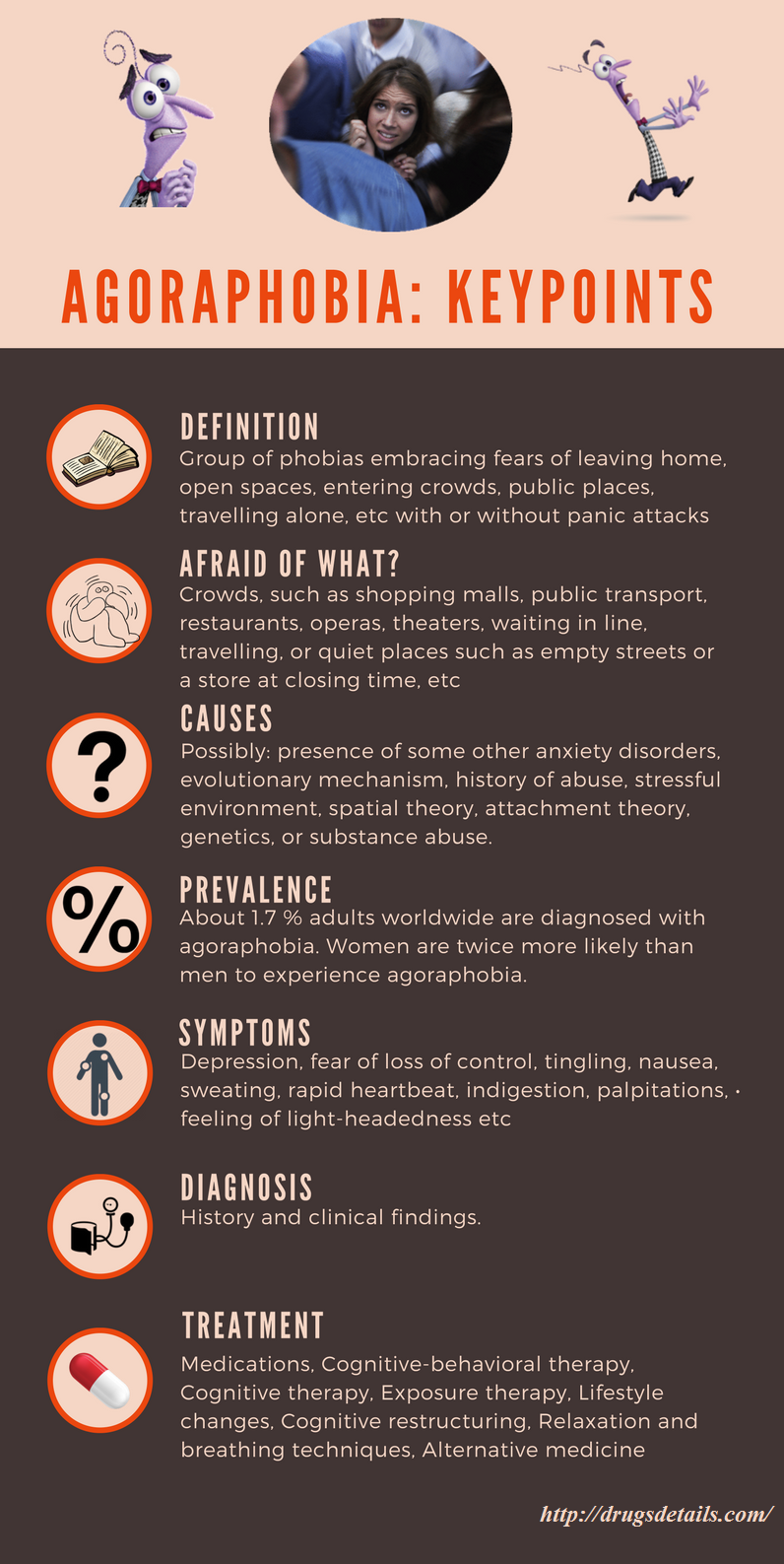


Panic attack symptoms can also resemble symptoms of other serious health problems, such as a heart attack, so it's important to get evaluated by your primary care provider if you aren't sure what's causing your symptoms. But panic attacks are hard to manage on your own, and they may get worse without treatment. Panic attacks, while intensely uncomfortable, are not dangerous. If you have panic attack symptoms, seek medical help as soon as possible. You may fear having panic attacks so much that you avoid certain situations where they may occur. One of the worst things about panic attacks is the intense fear that you'll have another one. Dizziness, lightheadedness or faintness.

Shortness of breath or tightness in your throat.Panic attacks typically include some of these signs or symptoms: You may feel fatigued and worn out after a panic attack subsides. Panic attacks have many variations, but symptoms usually peak within minutes. You may have occasional panic attacks, or they may occur frequently. They can strike at any time - when you're driving a car, at the mall, sound asleep or in the middle of a business meeting. Panic attacks typically begin suddenly, without warning.


 0 kommentar(er)
0 kommentar(er)
